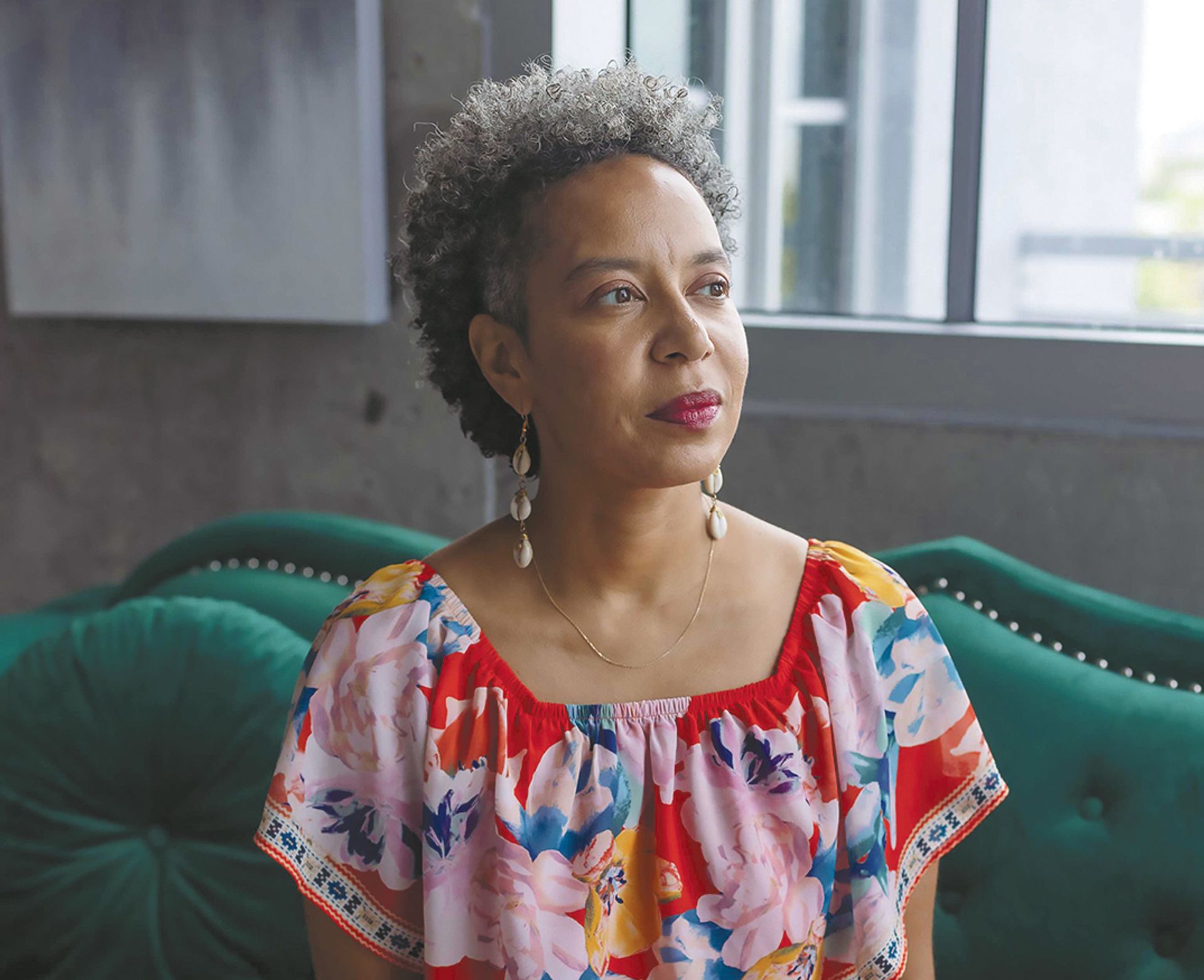Located in Little Haiti, IPC ArtSpace’s name only narrowly defines the purpose of this unique hub. Led by the photojournalist Carl-Philippe Juste, the director of the Haitian Cultural Arts Alliance (which is housed in the same building), and named for the Iris Photo Collective—an independent group of artists and documentary photographers—IPC ArtSpace is not simply a gallery. It is also a community meeting point, a home for gatherings, projects and experiments.
The Iris Photo Collective provides support for artists—youths and elders alike—from the Caribbean and across the African diaspora. The group is committed to community at a time when that word is often employed reductively. Last year, the Jorge M. Pérez Family Foundation at the Miami Foundation granted both the Wolfsonian Public Humanities Lab at Florida International University and IPC ArtSpace a grant to fund iWitness ArtSpace, a collaborative project fostering activations geared towards making photojournalism accessible to everyone. Marie Vickles—an artist, independent curator and the senior director of education at the Pérez Art Museum Miami (Pamm)—says that IPC has been nurtured by Juste’s “desire to bring all types of people together to connect and hopefully gain an understanding of how we are more the same than different”.
During Miami Art Week, the space will showcase two exhibitions, each with their own activations and programming: Bold. Black. Baldwin and iWitness. Here, Vickles discusses why IPC is unique and why photography might be the best way to sensitively bear witness to a rapidly changing city.

Artist, curator and museum educator, Marie Vickles Photo: Passion Ward; courtesy of Marie Vickles and Maven Leadership Collective
The Art Newspaper: Do you remember the first time you visited IPC ArtSpace?
Marie Vickles: The first time I went there, I was visiting an Iris Photo Collective exhibition; they’re an incredible group of documentary photographers. It was the first time outside of, say, the Little Haiti Cultural Center, where I felt that I was in a space that’s really bringing people together—people who would not typically come together.
I also loved the Havana, Haiti: Two Cultures, One Community project, which Carl’s been working on for a few years. Again, it brought together all these parts of Miami: the Haitian community, the Cuban community and everybody who loves, supports and is connected to them. IPC ArtSpace is really supporting that sense of gathering. And it’s a small space! It isn’t huge, but they’re doing so much.
What else sets it apart from other spaces in Miami?
It’s independent, so it can operate free from the constraints that a lot of organisations and spaces in Miami are beholden to—such as the complications that arise from being city or government-run, or being governed by boards. IPC ArtSpace can really just be there and provide an open platform and outlet for folks to come through and participate. Of course, larger organisations tend to have more funding and support—so there’s the other side of that coin, too.

The work of Carl-Philippe Juste, on show at IPC ArtSpace in Little Haiti; the photographer and director of the Haitian Cultural Arts Alliance has played a key role in bringing Miami’s various communities together Rodrigo Gaya
Is there an exhibition or project there that you felt was particularly special?
I know I already mentioned Havana, Haiti, but that show and its programming—the conversations that were hosted at the space—was really special. Miami’s Haitian and Cuban immigrant communities represent our city on local, national and international scales. People had conversations around the connections between Cuba, Haiti and South Florida and what it means to be an immigrant in a city like Miami. There were so many stories from so many different communities; everyone shared tales about how they came to this country. That, to me, was a very special time.
You recently spoke at the Women Photographers International Archive Congress and, alongside Ireolá Oláifá, co-curated SANCTUARY: Our Sacred Place (until 26 January 2025), a photo exhibition at HistoryMiami Museum highlighting the spiritual practices of Miami’s Caribbean, African and Indigenous communities. Why is photography so meaningful for you?
Photography allows us to see our world, to see other people’s stories and to connectMarie Vickles
To me, photography is about connection. It’s such a beautiful medium with so much possibility. It’s surprising, because I didn’t study photography when I went to school. I felt like it wasn’t accessible. In some ways, it still isn’t, because the materials are so expensive. But I think the relative accessibility of the medium, and the way it can communicate our lives to each other, is special. It’s needed. And a space that’s dedicated to the practice of photography is important, because it enables us to really slow down and look at the images in a thoughtful way. Photography allows us to really see—to see our world, to see other people’s stories and to connect.
• IPC ArtSpace, 225 NE 59th Street, Miami


